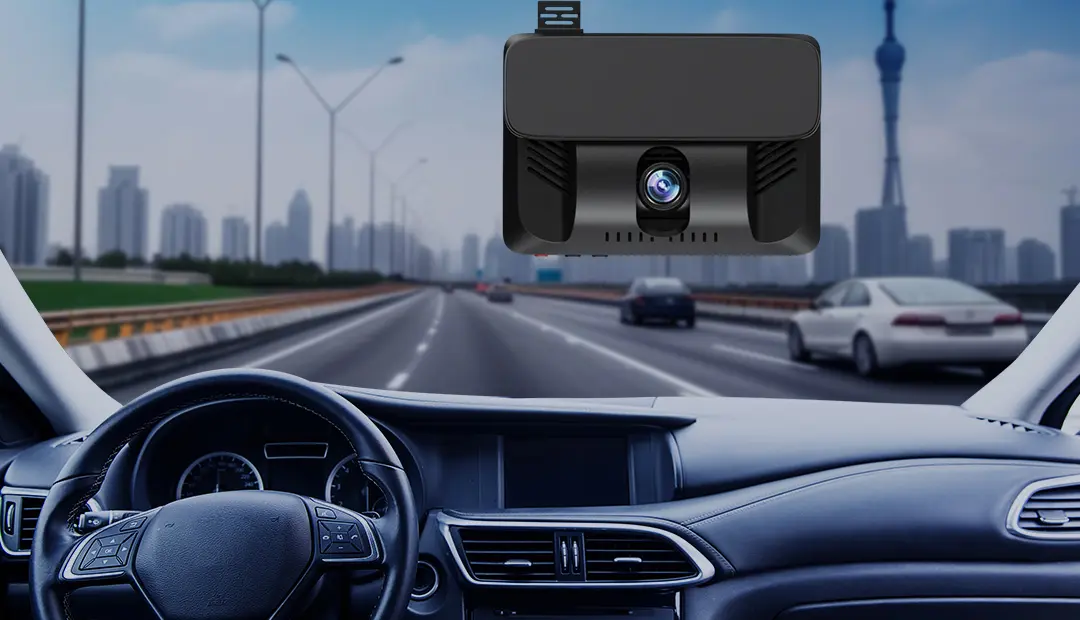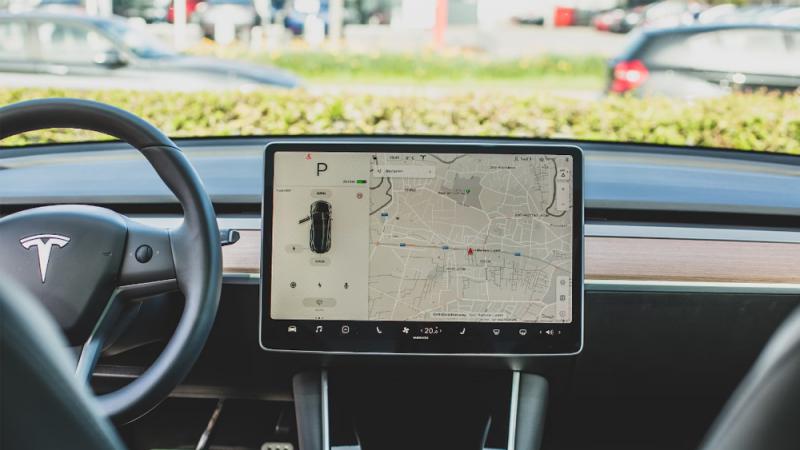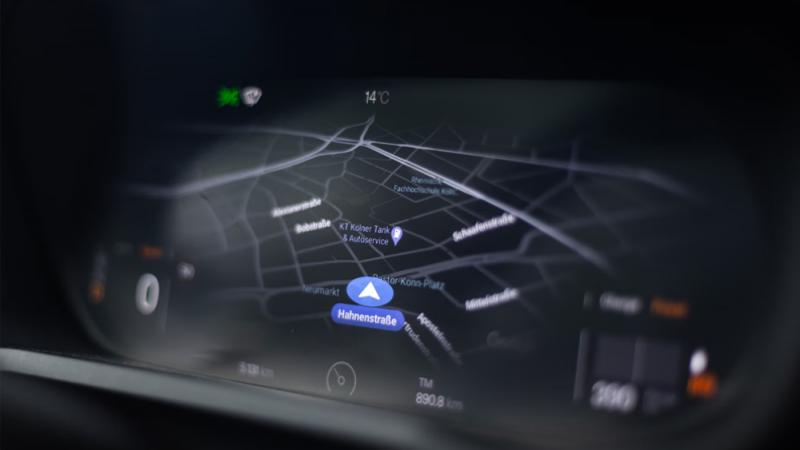ADAS+DSM+BSD Vehicle Monitoring System
Vehicle Monitoring System
With the widespread use of smartphones, navigation systems, and in-vehicle technology devices, the factors causing driver distraction have been increasing, and distracted driving has become one leading cause of traffic accidents.

Accidents often happen in the blink of an eye. For example, if a car is traveling at 60 kilometers per hour and the driver spends two seconds reading a message, the vehicle would have traveled approximately 30 meters. Anything can happen within this 30-meter distance, especially with heavy vehicles such as dump trucks and freight trucks. If the driver loses focus, accidents can easily occur. To reduce the likelihood of accidents caused by such vehicles, many management companies have installed in-vehicle intelligent monitoring terminals. These terminals are not just simple in-vehicle monitoring systems; they also incorporate AI monitoring functions, including the DSM fatigue driving monitoring system, the BSD blind spot monitoring system, and the ADAS intelligent driving assistance system.
DSM Fatigue Driving Monitoring System
During nighttime operations of heavy-duty vehicle drivers, they are more prone to fatigue driving, smoking, making phone calls, and other forms of distracted driving. By installing cameras in the driver's cabin, the in-vehicle terminal's AI algorithm automatically analyzes the driver's distracted driving behaviors such as closing their eyes, yawning, and using a mobile phone, triggering an alarm. After the alarm is triggered, the system will automatically capture a photo of the driver violating the rules and upload it to the management cloud platform. A warning will also be displayed in the driver's cabin, and the company can also check the driver's violations in the background and impose corresponding penalties.
BSD Blind Spot Monitoring System
In addition to the risk of distracted driving, heavy-duty vehicles also have many blind spots, where the driver's visibility is greatly limited, making traffic accidents more likely. The in-vehicle intelligent terminal incorporates a blind spot monitoring system that uses connected cameras to identify pedestrians, vehicles, obstacles, etc., within 3-5 meters of the blind spot. If pedestrians or vehicles are detected in the blind spot, the external sound and light alarm and the internal warning will actively alert the driver, not only reminding the driver to be cautious and drive safely but also warning pedestrians and vehicles to stay away from the blind spot for safety, reducing the risk of accidents.
ADAS Intelligent Driving Assistance System
By installing a camera on the inside of the vehicle's windshield to record the driving conditions in front of the windshield in real time, and running AI algorithms to analyze the current road conditions, the system can directly provide voice prompts to the driver to maintain safe distances when collision risks with other vehicles or obstacles ahead are identified. Of course, the ADAS function is not limited to this single function; it can also recognize lane departure, pedestrians, and pedestrian crossings, prompting the driver to proceed slowly and improving the driver's attention to prevent tragedies.
For inquiries, please contact us by email: Email: hello@yuweitek.com





















































